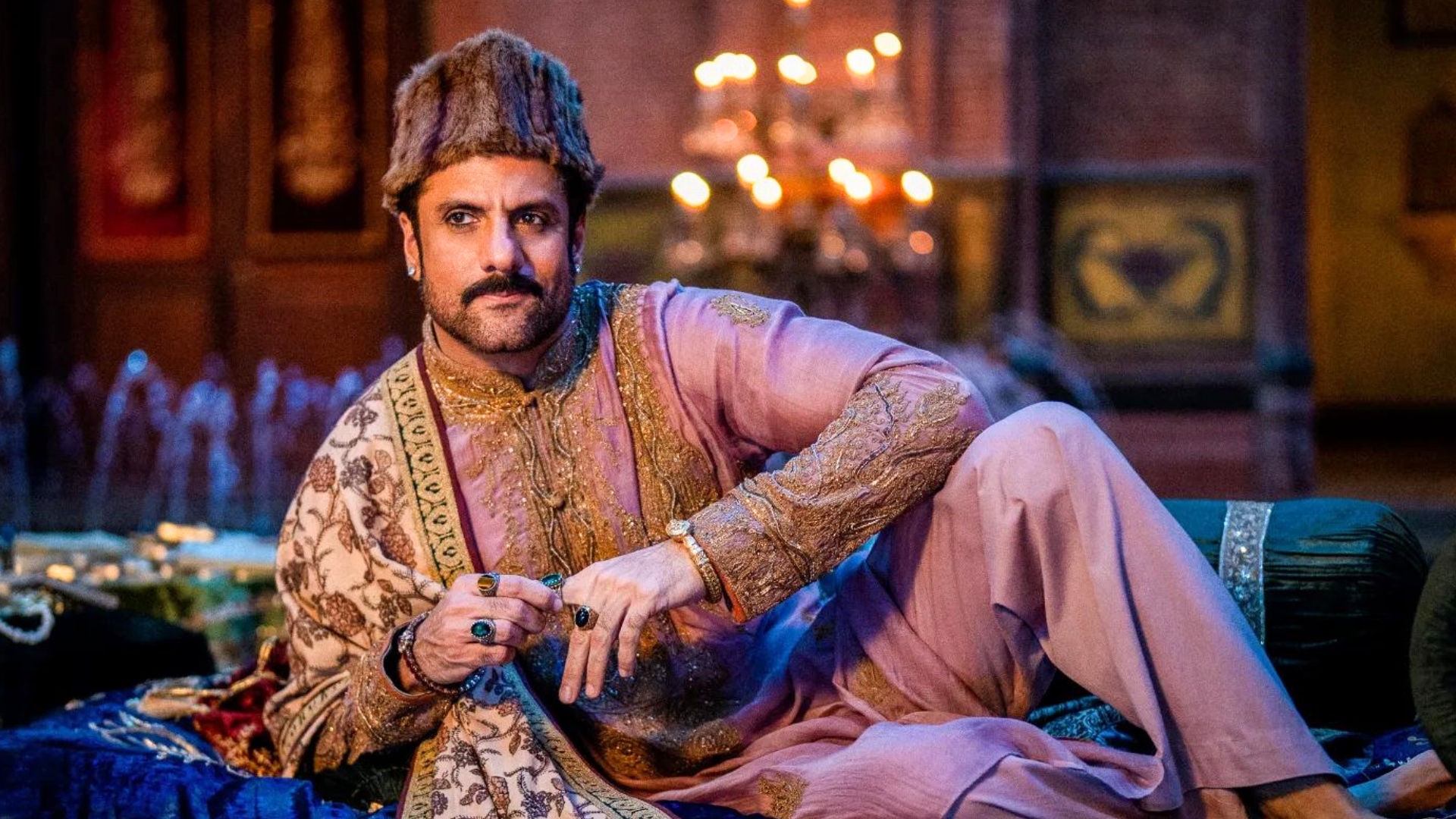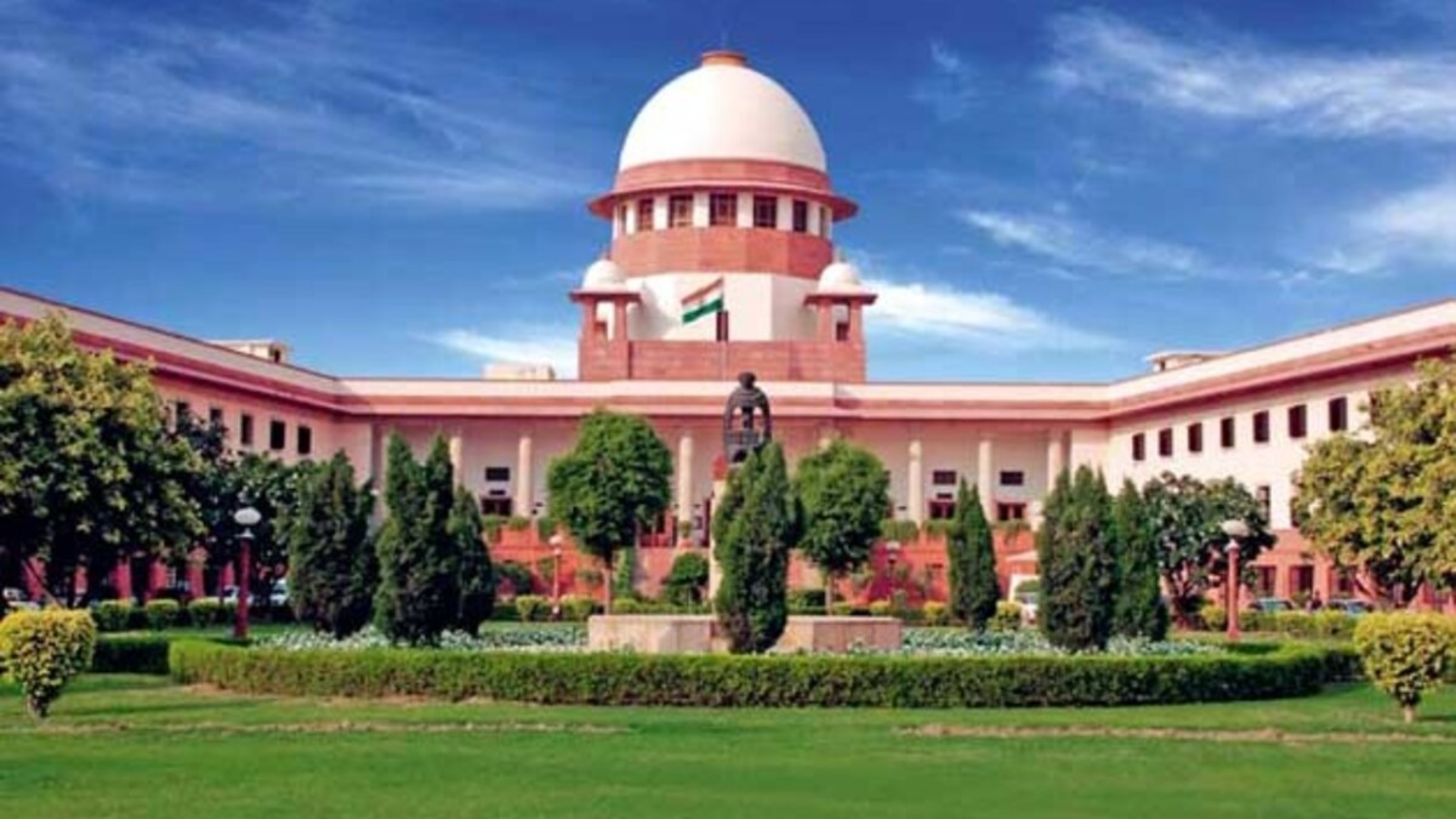



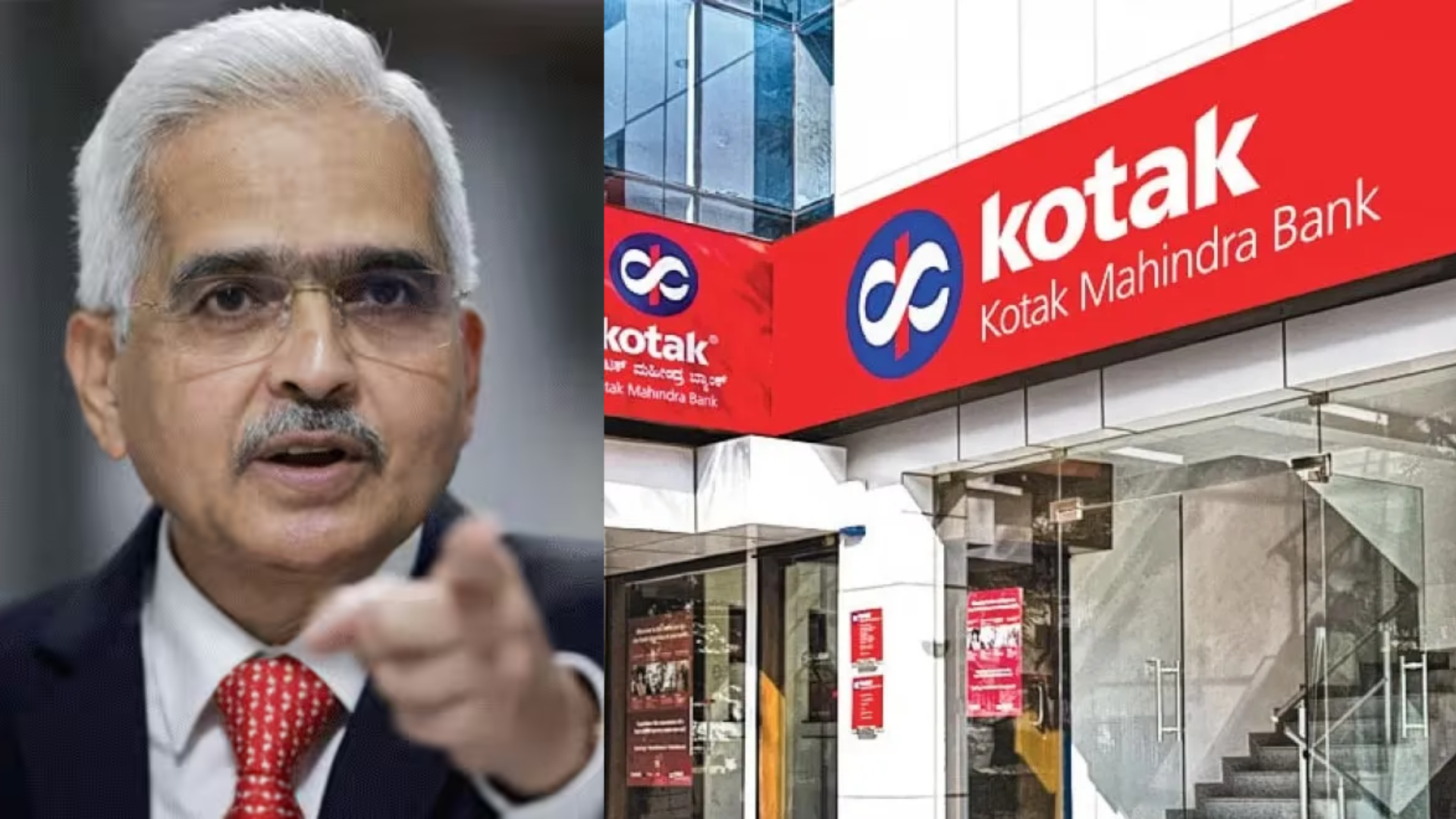


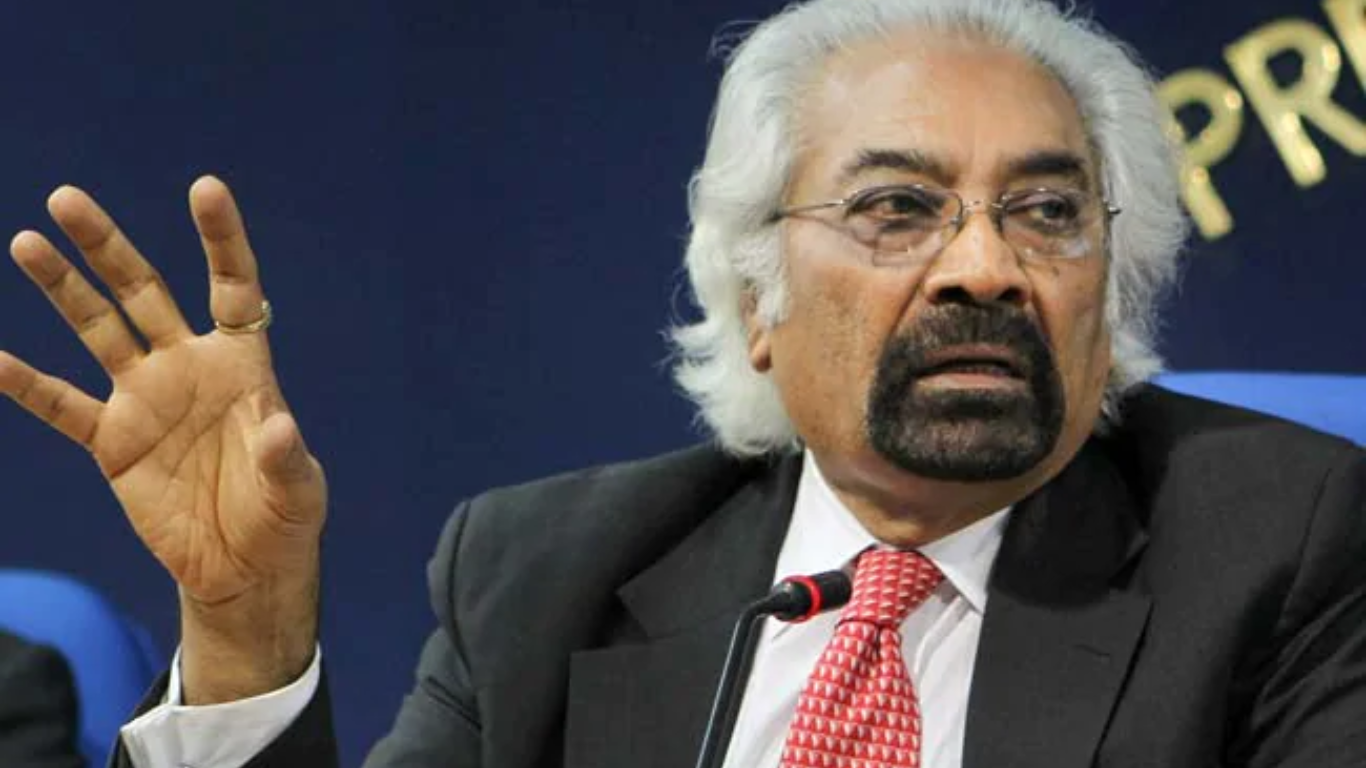

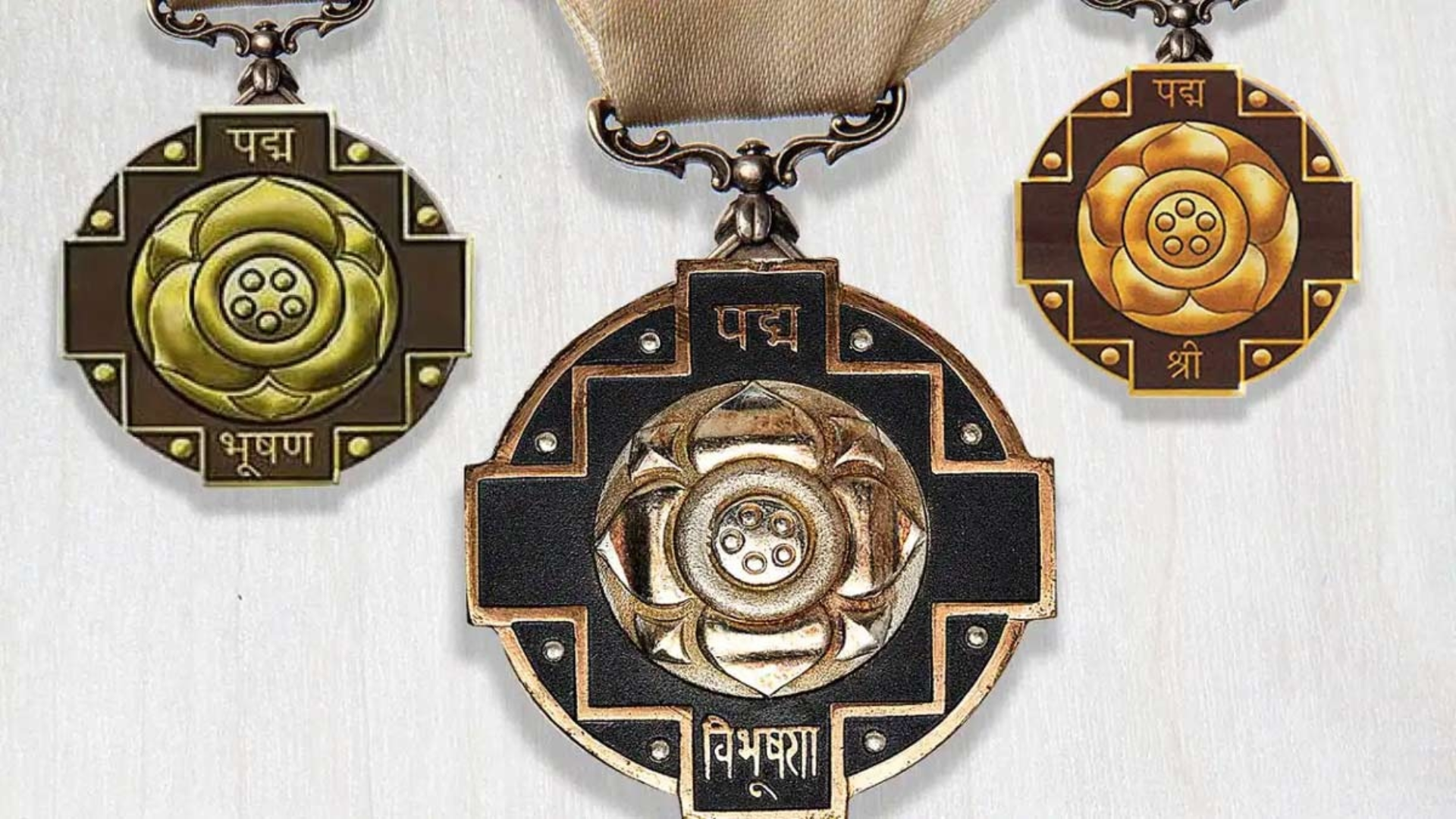
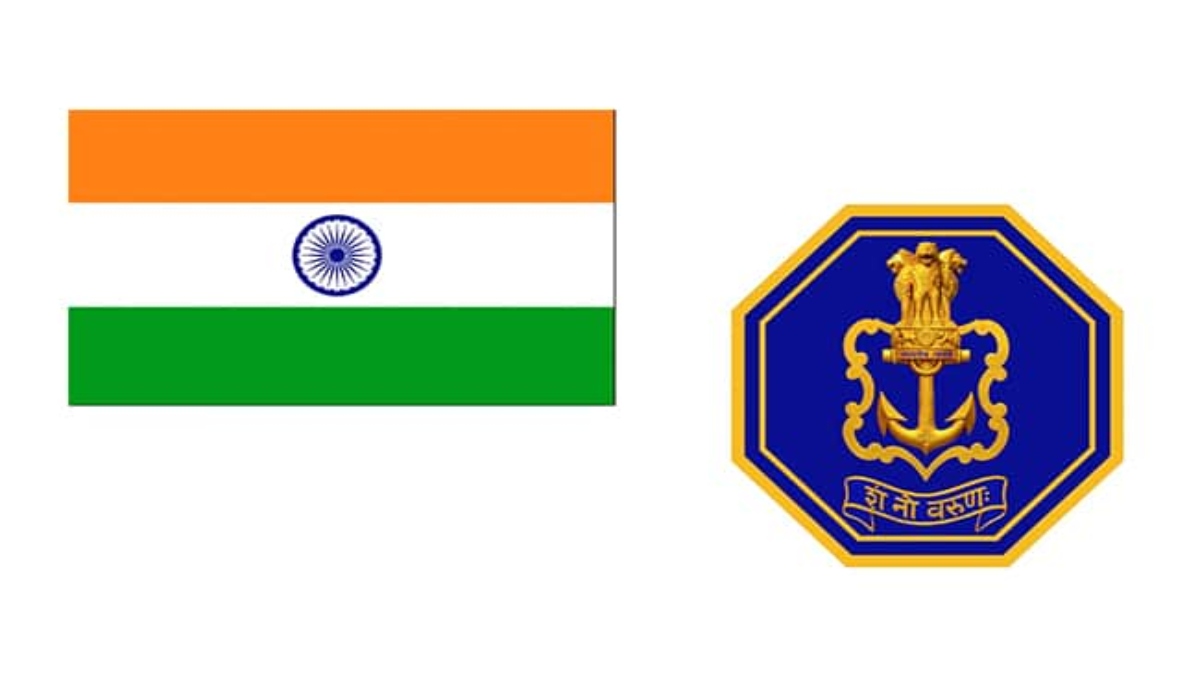
New Naval ensign ‘Nishaan’ was launched by PM Narendra Modi on Friday at Cochin Shipyard Limited in Kochi. According to him, the Indian Navy’s flags up until recently had a symbol of slavery, but Chhatrapati Shivaji Maharaj’s new symbol has taken its place.
Five things regarding the symbol are listed below:
Current Naval Ensign
Up to this point, the naval ensign consisted of the St. George’s red cross on a white background, along with the Indian flag in the upper left corner and the national insignia at the junction.
St. George, the patron saint of England, lived in the third century and is now associated with the values of honour and valour.
Since India’s independence, the Indian Naval Ensign has undergone several changes. The St. George’s Cross was removed and the crest of the Indian Navy was put to the opposite corner of the ensign only in 2001. In 2004, the cross was reinstalled with the addition of the Indian flag at its junction.
The current navy ensign, which has the Saint George’s Cross with the Tricolor in the canton, is replaced with the new one that the PM revealed in Kochi (top left corner of flag). The Indian Navy’s pre-Independence ensign, which had the red George’s Cross on a white background and the Union Jack of the United Kingdom in the upper left corner, is largely replaced by this one.
The onboard tools, facilities, and machinery
The INS Vikrant’s flight deck is larger than two football fields at 262 metres long and 62 metres wide. The aircraft carrier has a maximum design speed of 28 knots, a range of 7,500 nautical miles, or around 14,000 kilometres, and a displacement of about 4,3000 tonnes when fully loaded.
The ship is 18 floors tall and contains about 2,400 compartments for its 1,600-person crew. Additionally, it contains specially designed quarters for female sailors and commanders. The aviation hangar, which has room for about 20 aircraft, is the equivalent of two Olympic-sized swimming pools. There is a fully functional kitchen that can prepare a wide variety of food. A facility there produces 3,000 rotis each hour as well.
A 16-bed hospital, a modular emergency operating room, a physiotherapy clinic, an intensive care unit, a pathology setup, a radiology wing with a CT scanner and X-Ray equipment, a dentistry complex, an isolation ward, and telemedicine capabilities are all included in the medical complex.
The carrier will have an air wing of 30 aircraft when it is fully operational, including homegrown Advanced Light Helicopters (ALH) and Light Combat Aircraft (LCA), as well as US-origin MH-60R multi-role helicopters and Russian-origin MiG-29K fighter jets with carrier capability and Kamov-31 helicopters for airborne early warning (Navy). Vikrant launches his aircraft using a ski-jump and recovers them on board using a set of three arrester wires in accordance with the Short Take Off but Arrested Recovery (STOBAR) paradigm.
Read more: EXPLAINED: Why is INS VIKRANT important



